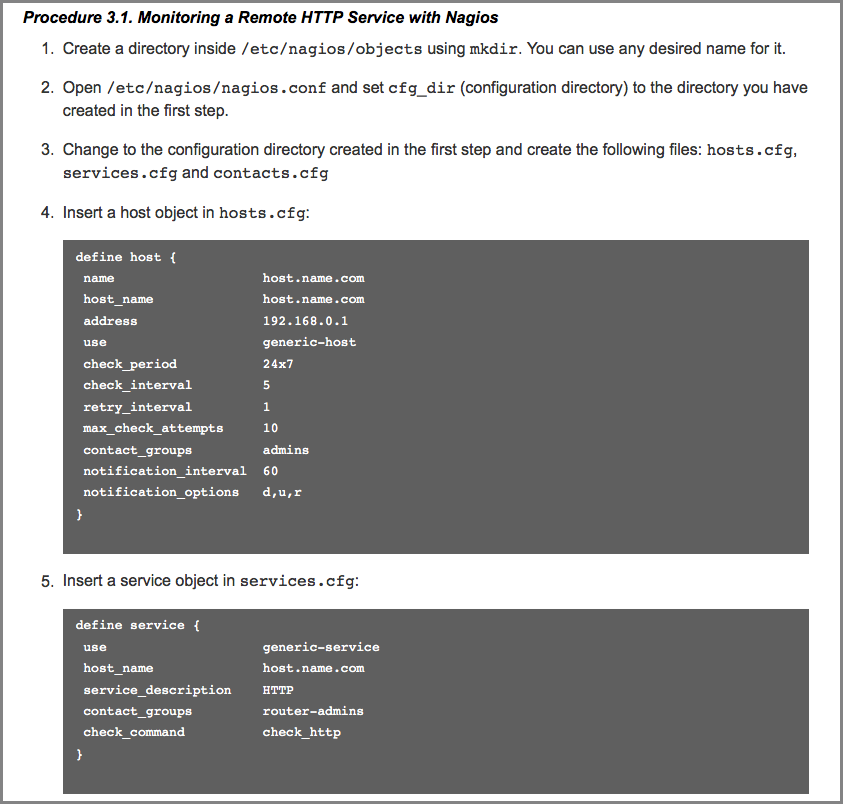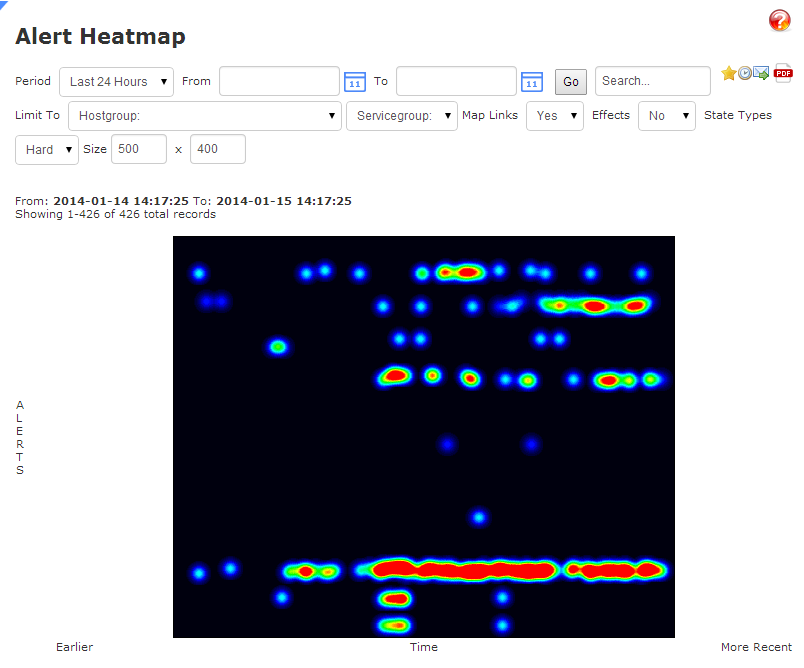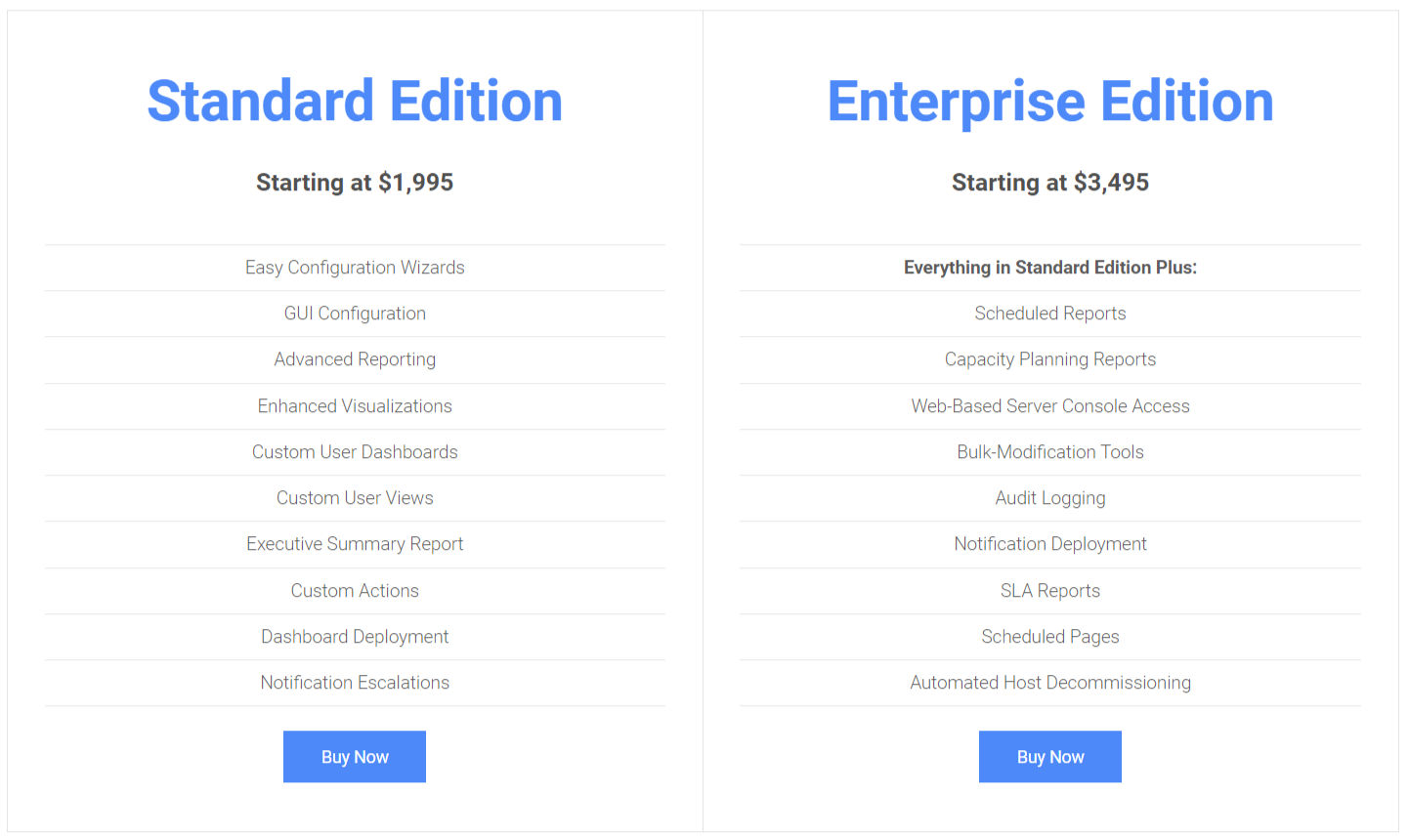

Note that we are using default contact template as defined on the templates.cfg config file. Use generic-contact Inherit default values from generic-contact template (defined above)Įmail <<***** CHANGE THIS TO YOUR EMAIL ADDRESS ******

vim /usr/local/nagios/etc/objects/kifarunix-demo/kifarunix-demo-contacts.cfg # Define Your Contacts HereĬontact_name koromicha Short name of user Hence, you need to create a contact group, otherwise you can use the default nagiosadmins group. Note that in the above service template, we defined our contact group as kifarunix-demo-admins. Save and exit the config Create Nagios Contacts vim /usr/local/nagios/etc/objects/kifarunix-demo/ hosts-service-template.cfg # Host Template Definition The configurations defined in this template will be applied on any host that is defined to use it, for example the above. vim /usr/local/nagios/etc/objects/kifarunix-demo/host-hostgroup.cfg #Ĭreate Host and Service Template ConfigurationĬreate a custom host and service definition template as shown below. You can simply use the same file for the hosts and host groups object definition. vim /usr/local/nagios/etc/objects/kifarunix-demo/hostgroups.cfg # It makes it easy to specify the common checks that applies to similar hosts.įor example, we can group the above two hosts in a group, Kifarunix-demo-env01 aliased as Linux Servers. Create Nagios Host Group Object DefinitionĪ host group definition is used to group one or more hosts. You can as well choose to use the default host templates defined in the /usr/local/nagios/etc/objects/templates.cfg configuration file. This ensures that the configurations defined in the specified template applies to the defined host.Īs such we will have to create the host template. The line, use kifarunix-demo-hosts specifies the host template to use by the defined hosts. Next, define you hosts details such as hostname, IP address and the host template to use.

vim /usr/local/nagios/etc/objects/kifarunix-demo/hosts.cfg Next, create your host object definition file. # Definitions for Monitoring Kifarunix-demo hostsĬfg_dir=/usr/local/nagios/etc/objects/kifarunix-demo # You can specify individual object config files as shown below:Ĭfg_file=/usr/local/nagios/etc/objects/commands.cfg # if you wish (as shown below), or keep them all in a single config file.

# You can split your object definitions across several config files # host groups, contacts, contact groups, services, etc. # These are the object configuration files in which you define hosts, Open main Nagios configuration file and insert the line, cfg_dir=/usr/local/nagios/etc/objects/kifarunix-demo under the OBJECT CONFIGURATION FILE(S) section. If you are using a custom directory as above where you will define your own object definition configurations, you need to tell Nagios to process all config files in that directory. mkdir /usr/local/nagios/etc/objects/kifarunix-demo Therefore, create a sub-directory to store your own objects. Other object definitions are stored in this directory too. A host definition is used to define a physical server, workstation, device within a network.īy default, Nagios creates a localhost definition file under the Objects configuration directory, /usr/local/nagios/etc/objects, if at all you installed Nagios from the source. To begin with, create Nagios host object definition. Once the Nagios server is up and running, ssh into it and add the hosts as follows.
#Nagios xi free unlimited node license how to#
How to Install and Configure Nagios Core From the Source Ubuntu 18.04 Add Hosts to Nagios Server For Monitoring


 0 kommentar(er)
0 kommentar(er)
